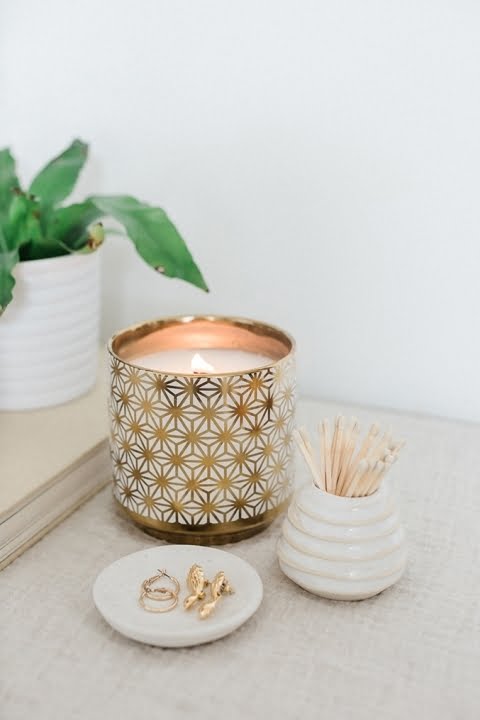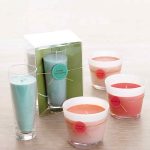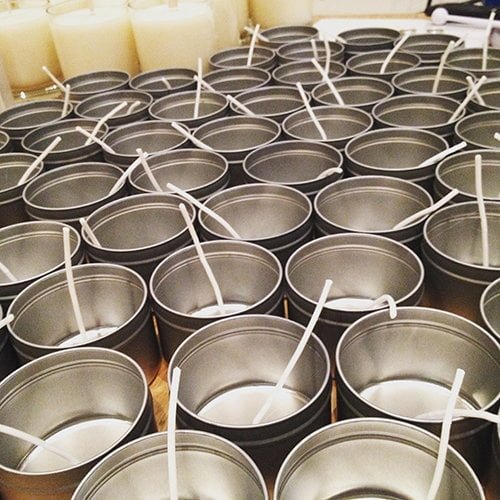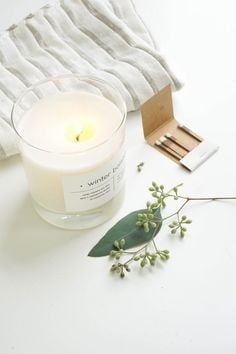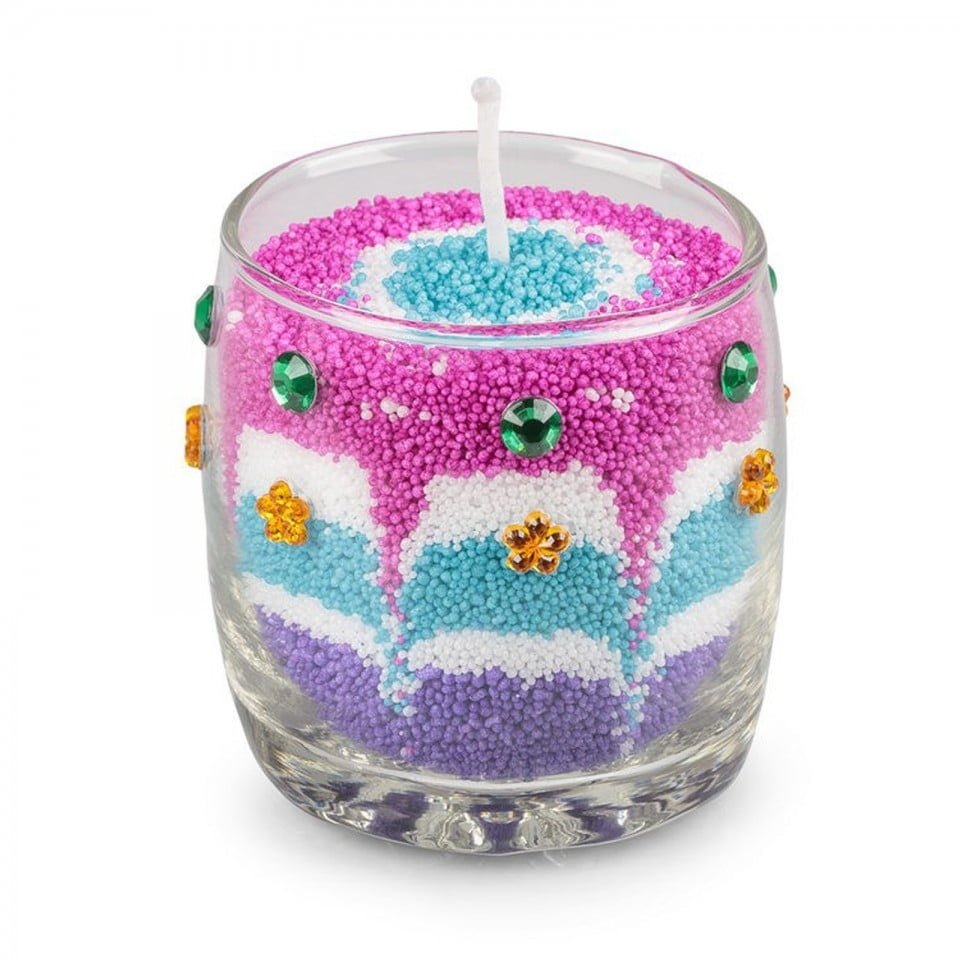Introduction
Candle making is becoming more popular as people begin to realize how therapeutic it can be. With the soft glow of candles, and their associated fragrances, it can provide a sense of relaxation while engaging in creative activities. Candle making has proven to reduce stress levels, improve concentration and help with problem solving. This is due to the candle light dispersing negative ions throughout the atmosphere, thereby improving air quality which helps reduce stress. Engaging in creative activities also stimulates parts of the brain that can affect mental clarity and enhance focus.
In addition to providing positive psychological benefits, there are physical health benefits associated with adequate candle making as well. The process enables one to relax their muscles, stimulate motor coordination and even improve hand-eye coordination by utilizing precision tools such as scissors or tweezers when mixing therapies or cutting wicks. Besides providing entertainment, learning about and creating candles can even lead to lifestyle modifications for healthier living habits. For example, discovering non-toxic materials used in natural wax formulations can inspire individuals to transition and use more sustainable products for their lifestyle decisions moving forward.
Choosing Quality Supplies and Ingredients
When it comes to healthy candle making, the quality of your supplies and ingredients is paramount. To create a safe and clean-burning candle, you want to use materials that are free of contaminants, toxins, additives, or residues. It’s best to use natural wicks (such as cotton or hemp), which don’t contain bleaching agents or chemical finishes. If you plan to use scented candles, be sure to select essential oils rather than synthetic fragrances as they don’t contain any potentially harmful chemicals. Additionally, try to find 100% beeswax candles instead of those made with paraffin wax (a petroleum product). Finally, purchase uncolored candles so the base does not have any dyes or pigments that could release particles into the air when burned. Taking these simple steps will ensure that the candles you make are truly healthy for your family and loved ones.
Preparing a Safe and Healthy Workspace
Creating healthy candles is important for all the people who will be using them, as well as for the environment. When making candles, it is important to prepare a safe and healthy workspace. This includes ensuring all necessary safety equipment is present and in good working order, such as safety glasses and gloves, as well melting pots, wicks and molding materials that are designed specifically for candle-making. It is also critical to have proper ventilation in the space to ensure any fumes released from melting wax don’t become hazardous to your health. Furthermore, it is important to make sure you are working away from open flames or other high heat sources to avoid any potential accidents. Finally, always remember to dispose of all used materials correctly when finished in order to minimize your environmental impact. By following these simple tips on how to prepare a safe and healthy workspace while making candles, you can help ensure your work area remains safe from potential harm.
Equipment You’ll Need for Candle Making
In order to make a healthy candle, you’ll need some essential candle making supplies. Firstly, you’ll need some type of container or mold that will hold the melted wax and wick in place. You can usually find these items at any craft or home improvement store. Next, grab a bag of natural or non-toxic wax such as soy wax. Soy is a great choice because it has a lower melting point and won’t produce toxic fumes when burned. You’ll also need cotton core wicks, which are available online and are specially designed for use with soy wax. Finally, pick up some natural fragrance oils such as scent made from 100% plant extracts for your candle to make it smell great when burning. With all these supplies, you should have everything you need to craft a safe and healthy candle!
Steps for Melting Wax and Pouring
1. Prepare the Work Area: Before beginning the candle making process, it’s important to clear an area for working that is free from clutter and away from sources of heat or flame. Spread newspaper or a drop cloth across the surface to protect it from spills or splatters.
2. Gather Materials and Equipment: Keep safety in mind when gathering materials, always using protective gear such as safety glasses and gloves. Important tools needed for melting wax include a double boiler style melter, thermometer, wick pins, small pot holders and material for measuring; like spoons, cups and measuring cups.
3. Choose Wax Type: The type of wax selected will affect the melting temperature so it’s important to choose the guide for wax types before melting down your wax. Beeswax typically melts at 140-145 degrees Fahrenheit whereas paraffin melts at between 125-165 degrees Fahrenheit depending on variety or blend used. Soy wax and palm wax have higher melting temperatures of around 140-180 Fahrenheit respectively.
4. Prepping Wick: While waiting for the wax to melt prepare your wick by taking one end of it, pinning it with a wick pin and placing gold wick bar across inside mouth of container about two inches above bottom. This should be done carefully as removing wick once poured can cause breakage in glass containers as well weaken seal of container lid if jar is used instead
5. Melting Wax: Now that everything is prepped up its time to melt down your money! Using double boiler method first use lower portion filled with around 2 inches of water over medium-high heat then place upper portion filled with desired amounts of wax on top ensuring all lids are closed tight so no steam escapes during process causing any potential damage your work area while hot wax flies out prematurely when vapor releases indirectly contacting skin directly in worst case scenario Once melted turn burner off carefully remove pot with hot pad BEFORE pouring directly into respective container getting ready for next step
6. Pouring Wax Into Mold/Container: Finally comes pouring! Depending chosen mold/container use either pitchers or spoons fill slowly until reaching very top edge avoiding spilling onto surface under if unsure about pouring technique try methods outlined within respective instruction settings on container prior beginning actual process Now enjoy finally seeing hard months’ worth labor take shape letting cools complete before ever attempting handle well ventilated room setting Let masterpiece finish curing 48hrs before giving special someone showpiece !
Integrating Essential Oils and Coloring
Candle making with essential oils is a great way to gain the health benefits of aromatherapy while creating beautiful works of art that you can enjoy in your home. Essential oils are natural, pure plant extracts with many therapeutic properties. When choosing essential oils for candle making it is important to select only those with reputable manufacturers and not synthetic fragrances that may bother sensitivities.
When adding essential oil to your wax mixture, it’s important to pay attention to the ratio so you get a strong enough scent without having too strong of an aroma. The recommended ratio for an aromatic candle is 10-20 drops per pound of wax depending on the particular oil choice and desired strength. Darker colored oils take less drops to make an equally scented candle than lighter smelling ones do because darker scents tend to linger longer.
The same goes for adding colorant; darker pigments provide more output than lighter pigments. Colored dyes are typically added after the wax is melted but before it is poured into its mold container or other form factor. A general rule of thumb when adding color dye is one teaspoon per four pounds of wax, however brighter colors will sometimes require slightly more pigment than suggested depending on desired outcome and intensity. Make sure to mix any chosen tint completely through the liquid wax in order to prevent mottling and streaking on the finished product
Finishing Touches and Careful Storage
Candle making can be a very enjoyable, creative hobby. However, it is important to use healthy ingredients, follow safety instructions, and finish the candles with care. After the candles have cooled and set, take the time to carefully examine them for any imperfections that need to be corrected. If there are any blemishes or deformities in the wax, place the candle back in a hot water bath until it’s warm enough to re-shape. After applying finishing touches such as trimming wicks and adding any additional decorations like dried flowers or beads, allow your finished product to fully cool and dry before carefully storing out of direct sunlight in an airtight container. As long as you use quality supplies and practice safe techniques, you’ll be able to create beautiful candles every time.
Recap
Making healthy candles is something that many people don’t think about, but it is a practice that can help to make a difference in your overall wellness. There are several different aspects to consider when creating your own candles – from the type of wax used to the amount of flame and scent added. Understanding how each of these elements can affect you is essential to creating a candle that will be both aesthetically pleasing and supportive of your health. When making healthy candles, it’s important to be mindful of the ingredients you use, the amount of scent and flame, as well as proper storage after burning.
When it comes to ingredients for your healthy candles, one has to think of what kind of materials they want to use. Some popular options are soy wax or beeswax as these natural waxes do not release carcinogens into the air when burned. Additionally, avoiding synthetic fragrances is recommended in order to similarly avoid introducing toxic chemicals into your home or environment. Essential oils are great alternatives for adding scents if desired- smelling just as good with significantly fewer health risks linked! Lastly, it’s important but often overlooked aspect- ensuring you manage the size and intensity of the flame when lit. Too much heat can cause unhealthy fumes which can be extremely harmful if inhaled over extended periods. Keep an eye on its size over time so that proper safety levels are maintained throughout your candle’s life span!
Finally, once you have made your candle it’s advisable for proper storage practices such as keeping them away from drafts and sources of heat (no near open windows or other flammable sources). This helps prevent any unintended heating from causing rapid melting which would create unnecessary fumes in the air again risking harm to users who may be nearby eventually leading to an unenjoyable burning experience all together. With these tips in mind creating healthy candles should be relatively simple and with proper care may last longer than expected rewarding its creator for his/her efforts for being mindful!

Welcome to my candle making blog! In this blog, I will be sharing my tips and tricks for making candles. I will also be sharing some of my favorite recipes.

